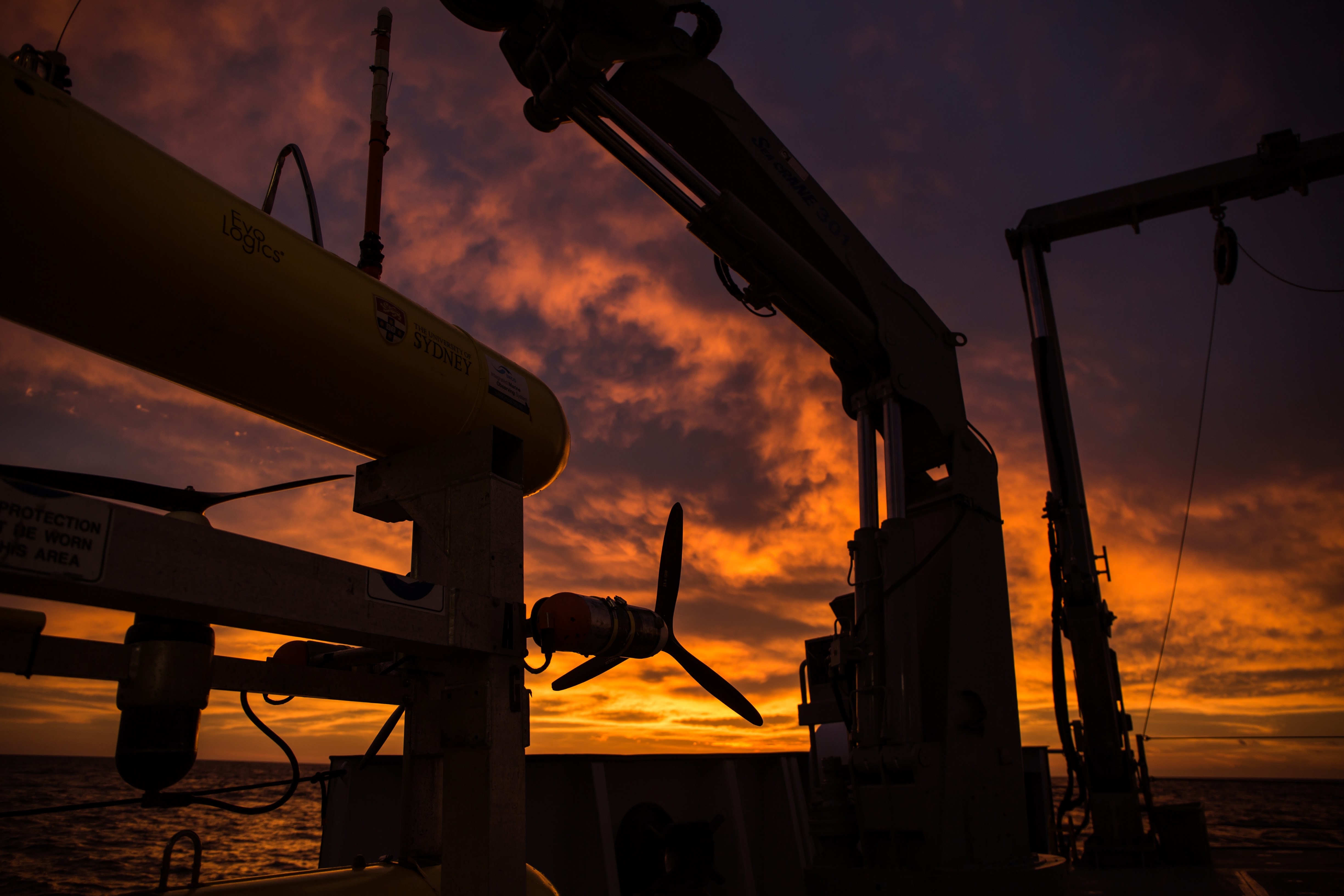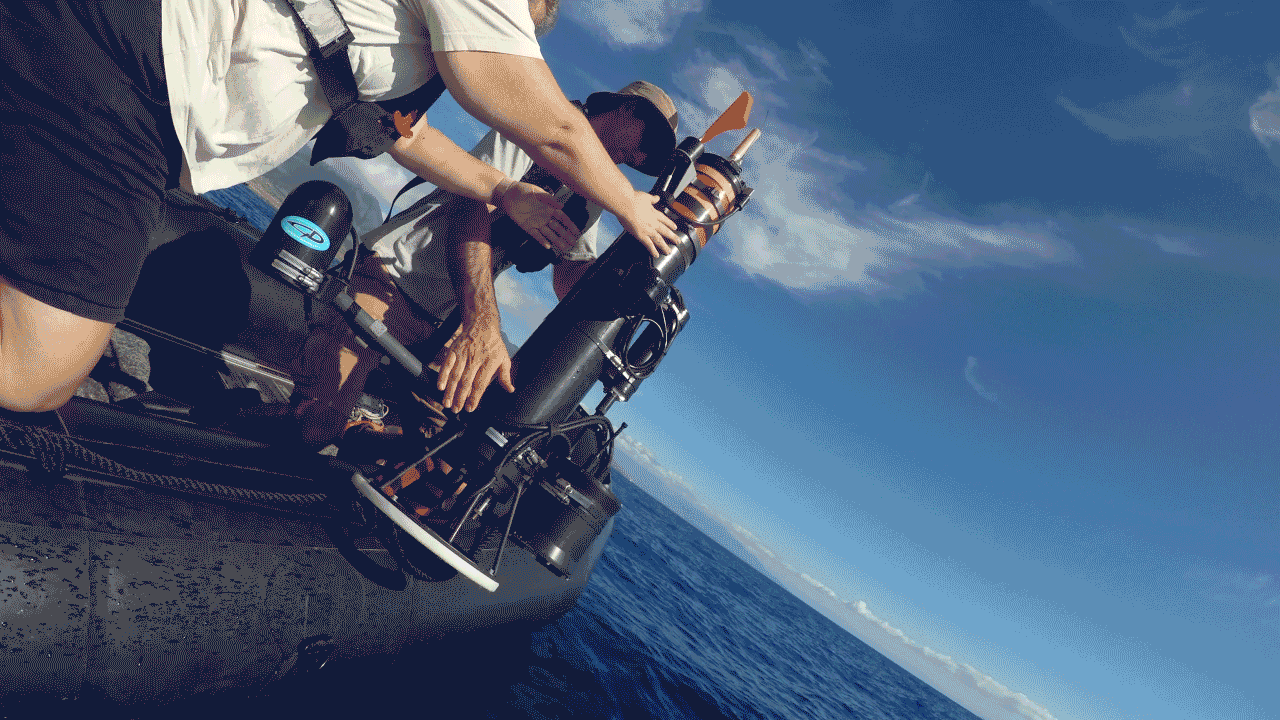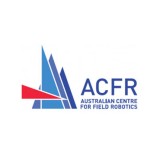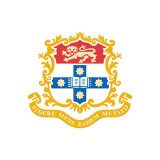There are three major issues that limit widespread and frequent seafloor imaging: cost, personnel to operate platforms, and the technical complexity of long-duration vehicles. The engineering team working on this project aim to increase researchers’ ability to gather scientifically useful seafloor imagery in coastal and shelf environments with technologies that can increase ease of use while reducing costs of acquisition. Led by Dr. Oscar Pizarro, of the Australian Center for Field Robotics at the University of Sydney, his team will seek to develop and demonstrate key elements as part of new technical systems for visual observation of seafloor and coral. This expedition will give engineers, roboticists and oceanographers a chance to trial key aspects of scalable autonomous technologies that will be used for visual mapping and monitoring using multiple unmanned platforms. The ultimate goal is to develop seafloor imaging systems that consist of several simple and sturdy imaging robotics that can repeatedly be deployed from an autonomous surface vessel or operated by a non-specialist from a small boat.
A path forward
The team will focus on developing and demonstrating platforms, dealing with multiple cycles of autonomous launch, recovery, data transfer and recharging, as well as the coordinated strategies for operating reliably with multiple assets. Solving these issues will eliminate traditional bottlenecks to widespread adoption, including the dependence on experts in the field and manned vessels, which increases the chance of impact in science, management, and implementation at global scales.
The main objectives of this project are to develop the key innovations of a scalable autonomous system for benthic monitoring and to demonstrate these in a real-world coral reef habitat mapping exercise, including comparisons to traditional Autonomous Underwater Vehicle (AUV) surveys. Some of the most important innovations include a reliable unmanned launch, recovery, and servicing (data transfer / battery recharging) mechanism to operate a with basic autonomous imaging platform. Another piece of the puzzle is a simple thruster-driven bottom following float (BFF) designed for multiple cycles of autonomous operations that uses stereo cameras to perform benthic imaging. A massive challenge takes place away from these robots in the field: Adaptive multi-level mission planning and scheduling, able to cover the site selections over the desired study area, as well scheduling launch, tracking, recovery, servicing, and coordinated path planning of the ASV. All of these must deal with potentially large uncertainties in the location of the drifter and adapt to loss of assets.
A two platform approach
The backbone of this approach consists of two platforms: a simple bottom-following imaging drifter that is tended by an autonomous surface vessel (ASV) capable of repeatedly launching and recovering the drifter, as well as recharging and transferring data off the imaging system. This approach allows most of the complex aspects of the system to be placed within the surface vessel. Robotics working on the surface of the ocean have huge advantages over underwater robotics in terms of dealing with size/cost, energy availability, radio frequency (RF) signal communications, and GPS-aided navigation. By placing most of the “muscle” and “brains” into the ASV, the imaging drifter can be simplified to a bare-bones “visual” platform that collects imagery at a desired altitude for short deployments. By keeping the imaging drifter simple and small, it is affordable enough for several of these units to be carried by the ASV, providing an edge if there is a loss of some of the underwater imaging assets during a long deployment. The motivation for this idea comes from the team’s prior experience using coordinated robotics tools on two prior Falkor cruises (Coordinated Robotics in Timor Sea and ‘Au’Au Channel) ), as well as an assessment of overall data collection effort.
Two key insights have motivated this approach. The first is that valuable science is possible even if precise guidance control of imaging platforms is not used. For example, by using statics to model and describe broad areas, representations can be made without needing to revisit a point on the seafloor multiple times. This process can be completed with drifting platforms, instead of self-propelled and steered robotics. Second, coral reefs typically contain enough recognizable changes in elevations that terrain-aided navigation is possible when a basic map is available – this allows geo-referencing without acoustic infrastructure (communication by pings or chirps between different places to triangulate location). Together, these two important insights allow for coordinated use of simple subsurface, free-drifting imaging vehicles with attendant surface vehicles.
Data & Publications
- Pizarro, O. (2019). Autonomous Benthic Monitoring in Australia. Invited Presentation at Norwegian University of Science and Technology (NTNU), Trondheim, Norway.
- Pizarro, O. (2019). Autonomous Benthic Monitoring in Australia. Invited Speaker at University of Porto, Port, Portugal.
- Pizarro, O. (2019). Benthic Imaging and Mapping Assisted by Autonomous Machines. Oral Presentation at Marine Imaging Workshop, Victoria, British Columbia, Canada.
- Pizarro, O. (2019). Field Trials of Multi-vehicle Adaptive Robotic Surveys for Seafloor Mapping and Characterization. Oral Presentation at Geohab Conference, St. Petersburg, Russia.
- Williams, S. (2019). Challenges in Deploying Robust Autonomy for Robotic Exploration in Marine Environments. Oral Presentation at International Conference on Robotics and Systems' Workshop on Informed Scientific Sampling in Large-scale Outdoor Environments, Macau, China.
- Williams, S. (2019). Challenges in Deploying Robust Autonomy for Robotic Exploration in Marine Environments. Oral Presentation at Pacific International Maritime Conference, Sydney, Australia.
- Williams, S. (2019). High-resolution Imaging in Marine Habitats Using Autonomous Underwater Vehicles. Oral Presentation at Building Transparent Global Oceans Community Workshop, Qingdao, China.
- Williams, S. (2019). Marine Surveillance and Undersea Autonomy. Oral Presentation at Defence Innovation Network Workshop on Marine Surveillance and Undersea Autonomy, Wollongong, Australia.
- Williams, S. (2019). Robots in the Wild: Challenges in Deploying Robust Autonomy for Robotic Exploration. Oral Presentation at Robotics: Science and Systems Robots in the Wild Workshop, Freiburg, Germany.









